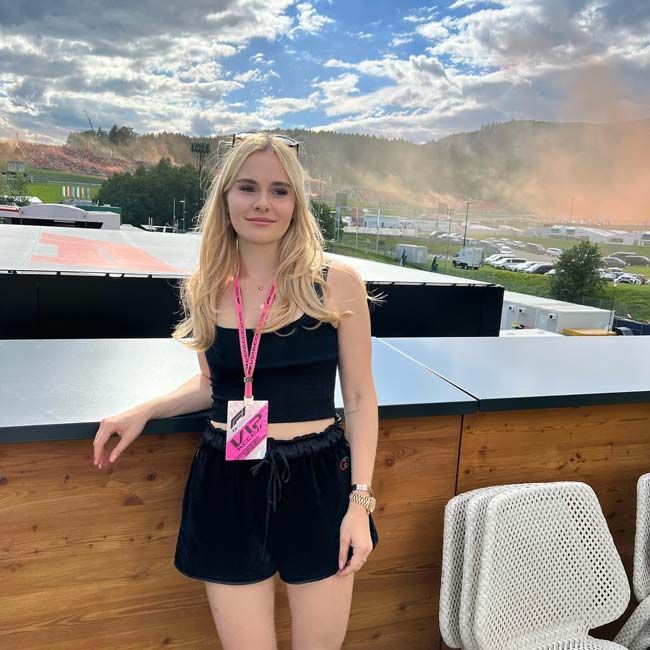

The viewport coordinate system relative to the parent element's user coordinate system.Ībstractly, all SVG viewports are embedded in theĪ drawing region that is infinitely large in all relevant dimensions. However, a transform property on an SVG viewport's element will modify Seeīy default, a nested SVG viewport's viewport coordinate system is equivalent to the localĬoordinate system of the parent element, translated by the origin of the SVG viewport'sĮlement. Parent of that fragment (whether real or implicit). Process between the SVG document fragment generating the SVG viewport, and the The width, height and origin of SVG viewports is established by a negotiation Units and provide a new reference rectangle for "fitting" a graphic relative SVG viewports provides an opportunity to redefine the meaning of percentage To the width and height of the nearest ancestral SVG viewport. Percentage units are resolved with reference Child elements of a viewport canįurther modify the user coordinate system, for example by specifying Relative to the viewport coordinate system as described in Providing a ‘ viewBox’ on a viewport's element transforms the user coordinate system SeeĮstablishing a new SVG viewport for informationĪnd a user coordinate system, initially identical. SVG viewports are only established by elements. Establishing an initial viewport is described in more SVG viewport that establishes a mapping between the coordinate system usedīy the containing environment (for example, CSS pixels in web browsers)Īnd user units. Note that the term SVG viewport is distinct from the (width, height), and an origin, measured in abstract Use this information to retrieve all the data you need.Every SVG viewport defines a drawing region characterized by a size The F8 button is a shortcut in Photoshop to pull up the image info tab, which will help you locate the coordinates of your mouse cursor over the image. To get my coordinates for my polygon, which in the image I’m using is a chair, I again use photoshop. If the polygon is a pentagon, then you will need five sets of coordinates - a set being one x value and one y value. Though keep in mind that it’s really not that important to be overly precise. The more coordinates you have, the more precise the curve will be. If there are curves then you you will need to gather many coordinates. For image map polygons, you will need to gather all the points in the polygon. Rectangles and circles are pretty straightforward, but you can map out complex objects and shapes as well - known as polygons. Note: image maps will not render correctly on mobile devices. width: 100% ), because screen sizes are variable and the pixel coordinates are established regardless the screen size. Likewise, you can’t adjust the image to fit a % of the screen (e.g. The HTML map will still refer to the original coordinates and it won’t align with the new image dimensions. What you don’t want to do is create a map based on a 600 pixel by 400 pixel image, and then upload the image to Canvas and change the dimensions to 300 x 200. > Important: when you are creating the coordinates for the HTML map, you must use the picture that you plan to upload into Canvas << These coordinates might look like:Ĭoords="center from left, center from top, radius" So we are looking for x1 (the distance in pixels from the left part of the map to the center of the circle) and the y1 value (the distance in pixels from the top part of the map to the center of the circle). These coordinates are this represented as such:Ĭoords="204,20,460,205" (as an example of what the values might look like)įor the circle, we need to know where the center of the circle is from the top left corner of the map. We are essentially looking for the x1 value (the distance in pixels from the left part of the map to the left part of the rectangle) and the y1 value (the distance in pixels from the top part of the map to the top part of the rectangle).

The upper left corner is referred to as x1, y1. Let’s start by reviewing the rectangle and circle maps.įor a rectangle, we need to define the coordinates for the upper left corner and the lower right corner. Note that the image above is not mapped out/hyperlinked, but you can see a working example on my sandbox Canvas page.


 0 kommentar(er)
0 kommentar(er)
